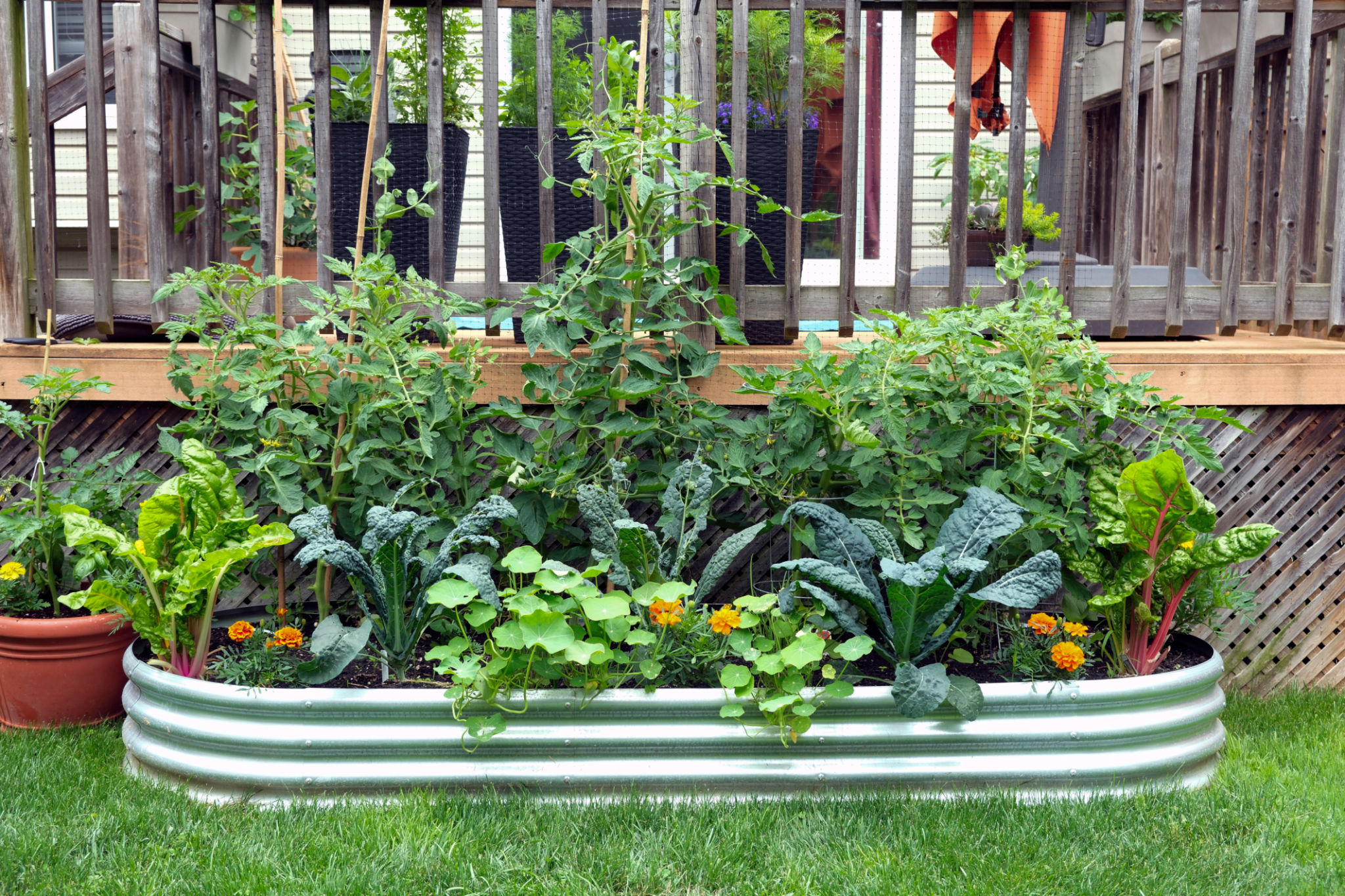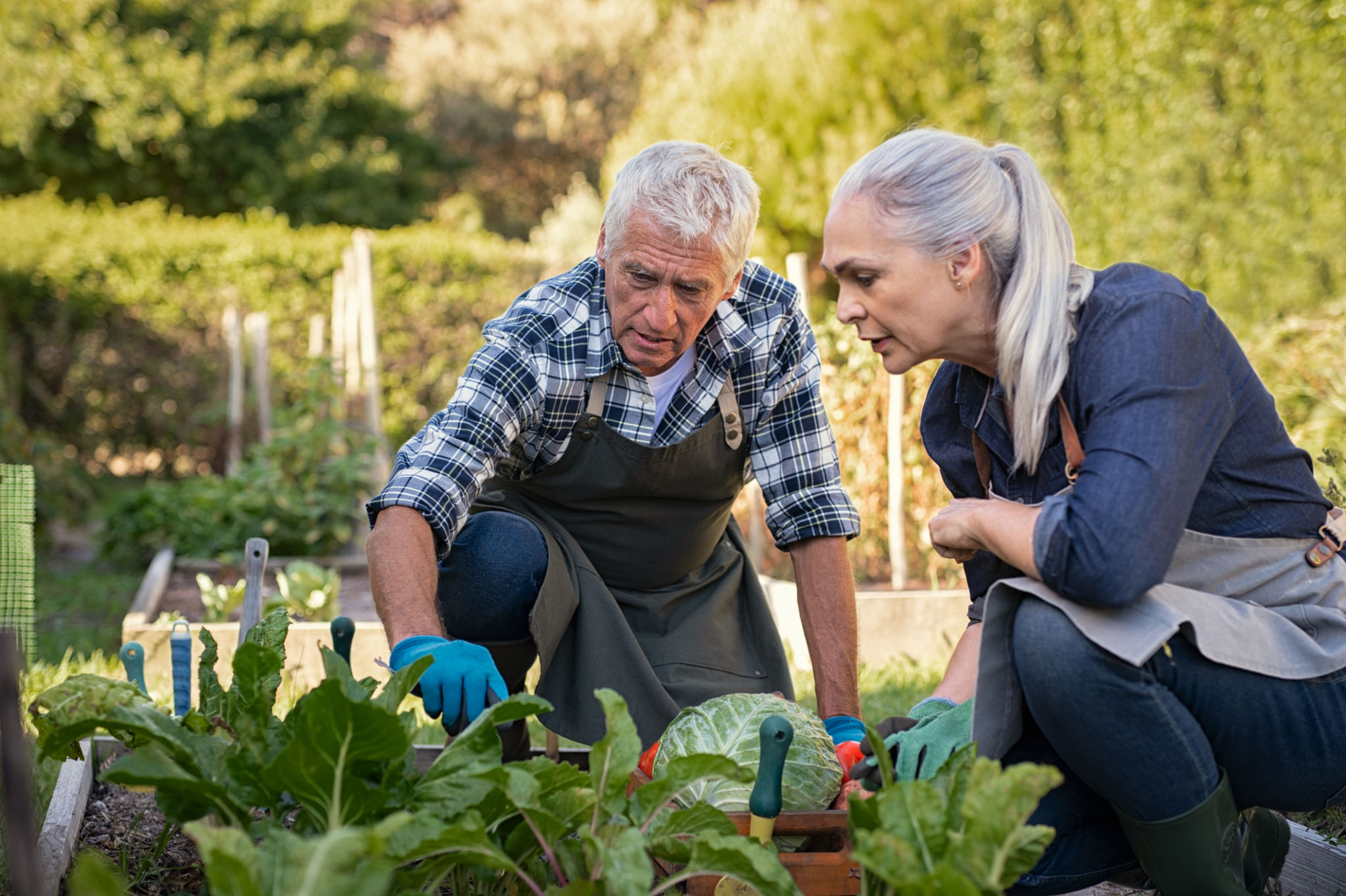DIY Edible Garden Design: Tips from the Experts
Introduction to DIY Edible Garden Design
Creating your own edible garden is not only a rewarding hobby but also a fantastic way to ensure that you have a fresh supply of fruits, vegetables, and herbs right at your fingertips. Whether you have a sprawling backyard or a compact balcony, with a little planning and creativity, you can design a productive edible garden that fits your space and lifestyle.

Choosing the Right Location
The first step in designing an edible garden is selecting the right location. Most edible plants require ample sunlight, so it’s crucial to choose a spot that receives at least 6-8 hours of direct sunlight per day. If you're limited on space, consider vertical gardening to maximize sunshine exposure.
Additionally, ensure that your chosen location has good drainage. Avoid areas where water tends to accumulate or where the soil is compacted. Consider raised beds if your natural soil has poor drainage. This will help your plants thrive and make maintenance easier.
Planning Your Layout
Once you've chosen the perfect spot, it's time to plan your garden layout. Start by sketching out a rough design on paper. Decide which plants you want to grow and how much space each will require. Group plants with similar water and sunlight needs together to make maintenance more efficient.
Consider incorporating companion planting techniques, which involve growing certain plants together for mutual benefit. For example, basil can enhance the flavor of tomatoes while also repelling pests. This strategy can lead to healthier plants and a more productive garden.

Selecting the Best Plants
Your plant selection should cater to your culinary preferences as well as your local climate and soil conditions. Opt for a mix of quick-growing crops like lettuce and radishes, alongside slower-growing staples like tomatoes and peppers. Don't forget to include a few herbs such as rosemary, thyme, or mint for added flavor in your dishes.
Tip: Research heirloom varieties for unique flavors and better resilience against local pests. These varieties not only add diversity to your diet but also support biodiversity in your garden.
Soil Preparation and Planting
Healthy soil is the foundation of a successful garden. Before planting, enrich your soil with organic matter like compost or well-rotted manure. This will improve soil structure, provide essential nutrients, and enhance water retention.
When planting, follow the recommended spacing for each plant type to ensure adequate air circulation. This will help prevent diseases and promote vigorous growth. Mulching around plants can also help retain moisture and reduce weed growth.

Ongoing Maintenance
Maintaining your edible garden involves regular watering, weeding, and pruning. Most plants prefer deep, infrequent watering as opposed to light, frequent watering. This encourages deep root growth and drought resilience.
Pruning is essential for many fruiting plants as it encourages stronger growth and increases fruit production. Keep an eye out for pests and diseases, and take action early to prevent them from spreading.
Conclusion
Designing a DIY edible garden is a fulfilling endeavor that not only beautifies your space but also provides you with fresh produce. By following these expert tips on choosing the right location, planning your layout, selecting suitable plants, preparing the soil, and maintaining your garden, you'll be well on your way to creating a thriving edible oasis.
Embrace the process, experiment with different plants, and enjoy the fruits of your labor—literally! Happy gardening!
